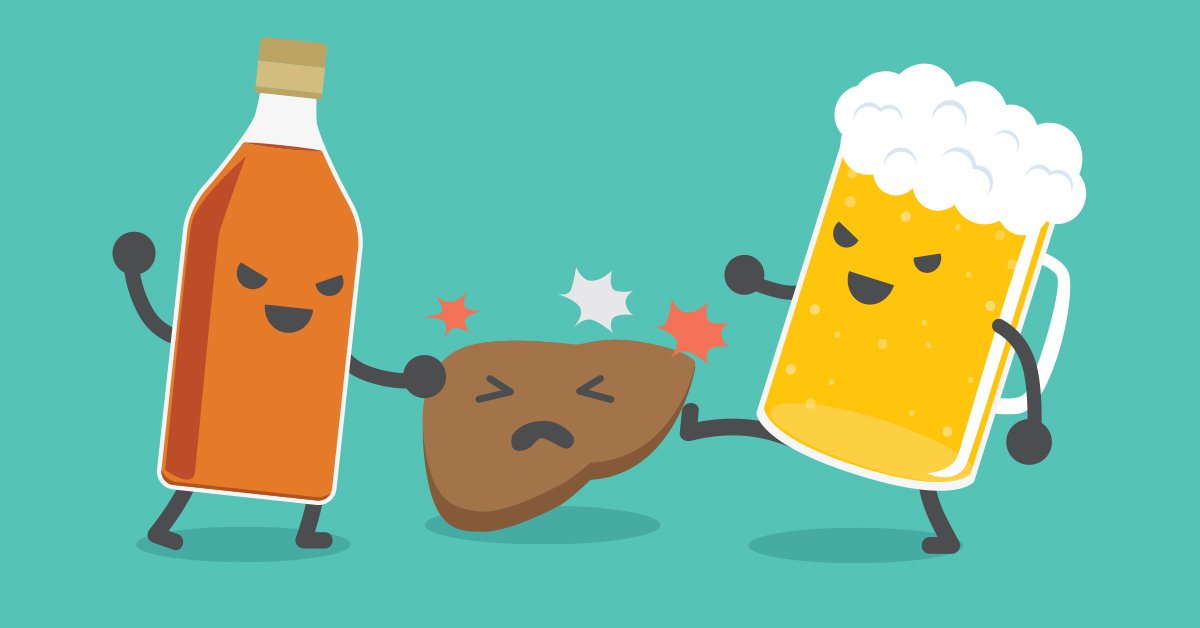Your liver isn’t lounging around doing nothing all day. This powerhouse organ performs over 500 functions daily. It is your personal detox center, energy storage facility, and chemical processing plant all rolled into one biological machine.
It filters toxins, breaks down fats, and produces clotting factors that help your blood thicken and stop bleeding when you are injured. But when do you drink alcohol? But when you drink alcohol, your liver drops everything to deal with it. It is pulling double shifts every time you crack open a drink. And over time, all that overwork can take a serious toll.
So how long does it take to recover after drinking? Luckily, your liver is pretty forgiving. Give it a break, and it will start healing surprisingly fast.
The First 24 Hours: Your Liver Finally Exhales
What happens in the first 24 hours after your last drink? Your liver exhales with relief. No more alcohol means no more emergency mode.
Within hours, inflammation markers begin to drop. Your liver cells finally stop damage control and get back to their normal duties. You probably won’t feel dramatically different yet, but the healing process has officially begun. Blood flow improves, cellular stress eases, and your liver gets to work assessing the damage.
One Week In: Time for a System Reboot
By day seven, it feels like someone rebooted your entire system.
Way better. Way better. That’s because your liver isn’t working overtime trying to process alcohol that messes with your sleep cycles. Many people fall asleep faster and stay asleep longer.
Your energy picks up too, thanks to better glucose conversion. Inflammation continues to drop, and that sluggish, heavy feeling starts to fade. Even your digestion gets back on track—less bloating, less stomach drama.
Day 14: Fat Starts to Clear Out
At the two-week mark, those fatty deposits in your liver might start to clear.
Alcoholic fatty liver disease—the most common alcohol-related damage—often shows early signs of improvement by now. Your liver’s fat metabolism starts working normally again, meaning better nutrient absorption and energy production.
If you were to do a blood test, liver enzymes like ALT and AST might already be shifting toward normal ranges. It’s like your liver is finally ready for some spring cleaning.
One Month Alcohol-Free: Everything Feels Different
Hit the 30-day milestone? Huge win.
If your liver was swollen from alcohol use, that swelling likely shrunk down a good bit. Blood tests usually show big improvements in enzyme levels—often surprising both patients and doctors.
You probably feel like a whole new person. Energy stabilizes, brain fog lifts, and that annoying afternoon crash becomes a thing of the past. Your immune system gets a boost too, now that your liver isn’t stuck in constant detox mode.
Also Read: ‘accept’ or ‘reject’ all cookies, and which should I choose?
90 Days: Transformation
By month three, you’ve entered what recovery experts call the “transformation zone.”
Your liver has usually shed a good amount of that excess fat.
Your skin might clear up, your energy becomes more steady, and your mental clarity often returns. Your liver’s protein production ramps up again, helping with muscle recovery and wound healing. Blood pressure also tends to normalize since your liver can now manage fluid balance properly.
6 Months to 1 Year: Slow and Steady Healing
This is where patience pays off.
The big dramatic changes may slow, but healing is still happening. Some scar tissue might start to improve, though severe scarring could take much longer—or never fully heal.
But here’s the good news: your risk of serious liver disease drops a lot. And your alcohol tolerance? Probably not what it used to be. Even small amounts might hit you differently now.
Sobriety at this stage isn’t just about not drinking—it’s about giving your body the time it needs to rebuild from the inside out.
Why It’s Different for Everyone
Not everyone’s recovery timeline looks the same. And that’s totally normal.
It depends on how much and how often you drank. Daily heavy drinking usually causes more damage than the occasional binge. How long you’ve been drinking matters too—decades of drinking won’t reverse overnight.
Your age plays a role (younger livers usually bounce back faster), but even older adults can see major improvements. Nutrition, exercise, and conditions like diabetes can all affect how fast you heal.
The encouraging part is healing begins the moment you stop drinking—no matter your background.
How You Know You’re Healing
Your body gives you signs that recovery’s underway.
Sleep often gets better first. Restless nights turn into deep, restorative sleep. Your energy levels stabilize. Skin gets clearer and more vibrant. Digestive issues like bloating and reflux start to ease up.
And mentally? You may notice better focus, sharper memory, and clearer decision-making.
Even with Damage, There’s Still Hope
Sometimes, alcohol does lasting damage—and that’s a tough truth.
Advanced scarring (cirrhosis) isn’t always reversible. Once healthy tissue has turned into scar tissue, you may never get it all back. But even if you’ve got damage, stopping alcohol helps.
Quitting prevents things from getting worse and lets the healthy parts of your liver work better. Recovery is still possible, even in tough cases.
Source: Healthline.com




